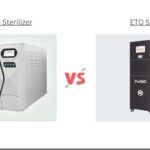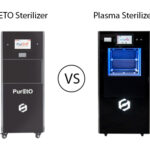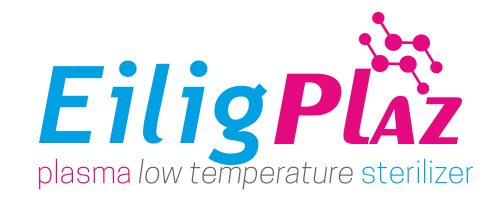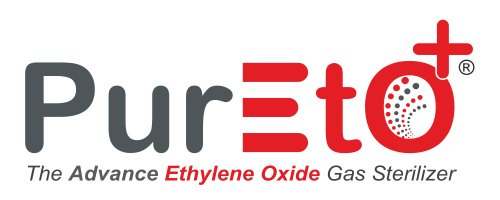The Best Guide to Steam Sterilization
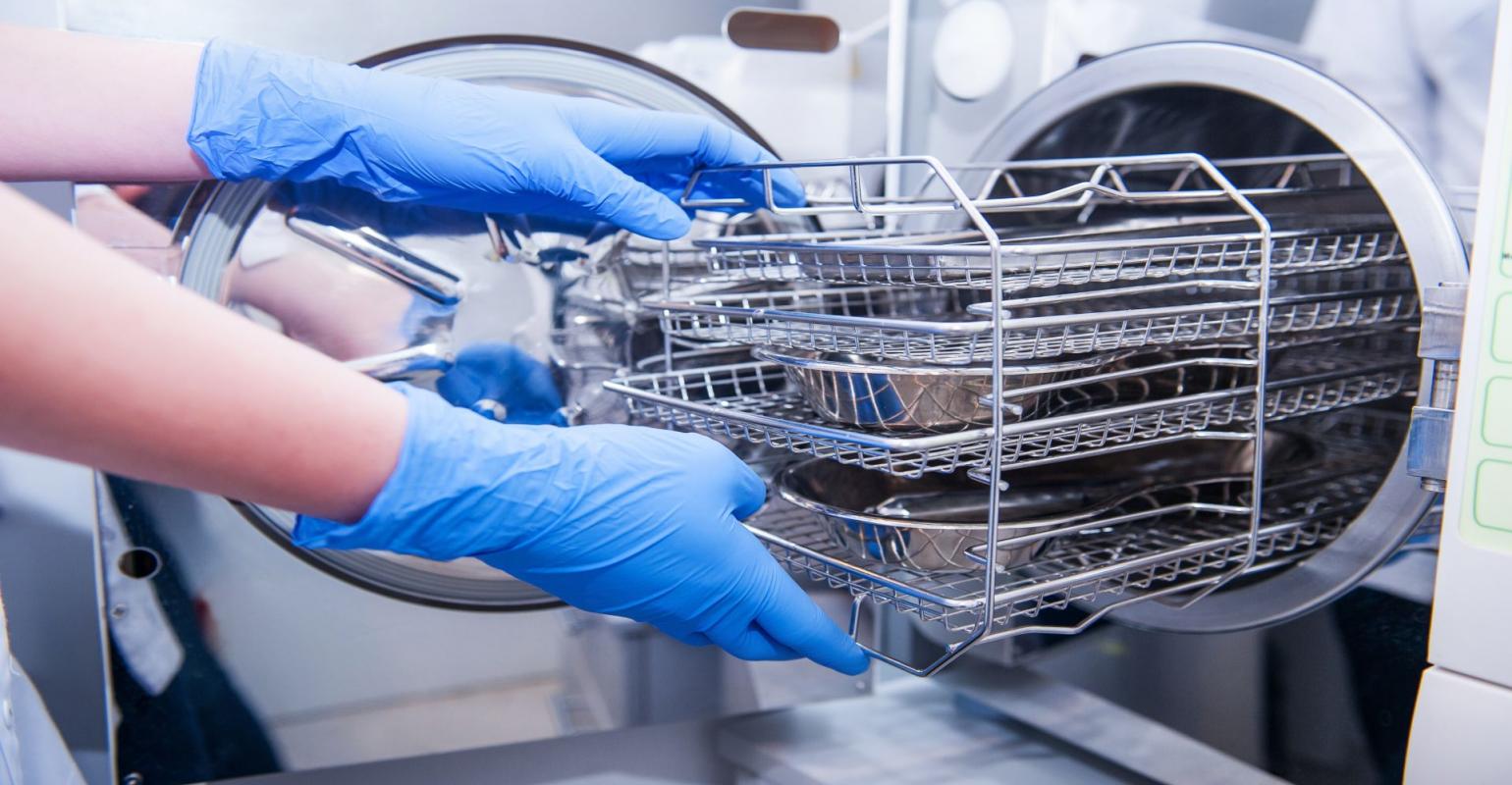
Sterilization is the process of killing bacteria, microorganism, and bacterial sponge that exists in the heat/moisture sensitive medical and electronic equipment. The main objective of the sterilization method is to destroy all forms of microorganism and to preserve the material for a long time. If a material is not subjected to sterilization, it may result in harmful and dangerous bacteria, which can cause disease, severe infections, etc.. Microorganisms and bacteria are invisible to the naked eye but it can cause severe infection, which is why a variety of sterilization methods are employed in the health care industry.
Why do You Need Steam Sterilization?
Sterilization is highly recommended in hospitals and health care systems that requires safety for patients and medical instruments they use. Of all the methods available for the sterilization process, steam sterilization is the most effective one and is widely employed in all the health care systems around the globe. The steam sterilization involves processing the moist heat in the form of any saturated steam under pressure.
Steam sterilization method is found to be the best one since it is inexpensive, non-toxic and economic friendly. Further, it is sporidia and microbicidal which can kill even the hard bacterial sponges that lie over the materials. However, it has some deleterious effects on the materials that are to be sterilized such as the corrosion property, combustion of lubricants with dental handpieces, increasing hardening time etc..
Principle of Steam sterilization
The basic principle of Autoclave steam sterilization is to expose the heat sensitive material to direct steam to ensure that it is under the specific time, temperature and pressure. The Autoclave steam sterilization is an effective process and it takes almost 48 hours to complete the cycle. However, it varies on different parameters such as temperature, pressure, vapor content, etc.
Types of Steam Sterilization
The popular types of steam sterilization are high-speed vacuum sterilization and the gravity displacement autoclave sterilization.
-
Autoclave Steam Sterilization
An autoclave is a popular steam sterilization equipment in which a material is exposed to the temperature of 115 degree Celsius for an hour to achieve effective sterilization. It is one of the most effective and powerful methods for killing all sorts of microorganism in the substances that are to be sterilized. It uses entrained water and dry saturated steam and pressure to obtain high temperatures in order to effectively kill the bacteria without hassle. The sterilizer should make sure that that the chamber obtains specific temperatures to proceed the strong microbial activity. The common stem sterilizing temperatures are 132 degree Celsius and 121 degree Celsius. The healthcare employed gravity displacement sterilizer and let it process the cycle for 4 minutes at 132 degree Celsius and for 30 minutes at 121 degree Celsius. Based on the parameters and sterilization items, the sterilization times vary.
-
Gravity Displacement Steam Sterilization
The gravity displacement steam sterilization method is the most effective method and is widely employed in the health care system to process the electronic device, medical instruments, regulated medical waste, pharmaceutical products, non porous articles etc.. It can be used on the materials which have direct contact on the surface so that chemicals involved in the steam sterilization can kill the bacterial sponges effectively. The process involves allowing steam at the top of the sterilizing chamber and forces air out the bottom of the steam sterilizer chamber. However, the penetration time of sterilized items is prolonged since the air gets eliminated incorrectly. The process requires 45 minutes and 121 degree Celsius since it needs high heating efficiency.
-
High-Speed Vacuum Steam Sterilization
Although the gravity displacement sterilizers are widely employed in most healthcare systems, it is not compatible with high heat-sensitive instruments, which is why the high-speed vacuum steam sterilization method comes into existence. The process of this sterilization is a bit similar to the former one yet they can be fitted into a vacuum pump to ensure air from the sterilizing chamber gets completely removed.
The main benefit of this sterilization is the air gets penetrated into the porous load completely. It employs a Bowie-Dick test which uses cotton surgical towels to detect any air leaks or inadequate air removal in the sterilizing chamber. The prevacuum sterilizer is specially designed to simulate materials that are to be sterilized. These stimulate the greatest challenge to the load.
The process involves placing the Bow-Dick type test sheet in the center of the test pack, which is admitted in the sterilizing chamber and let it run at 134 degree Celsius for 4 minutes. If the test sheet inside the test pack displays the changes of uniform color, the test is acceptable. If the Bowie-Dick test fails, it is not recommended to use to steam sterilizer again.
Applications
Stem sterilization is highly recommended on all the heat and moisture resistant materials such as anesthesia equipment and steam sterilizable respiratory therapy etc. No matter how long it takes to complete the cycle, steam sterilization should be employed in all the hospitals and health care systems to decontaminate sharp containers, microbiological wastes and to kill the bacterial formation in all health care instruments.
The steam sterilizers are available in steam sterilizer manufacturer and is used in dental, outpatient and rural clinics. The devices are designed for sterilizing small instruments such as needles, syringes, and such dental instruments. To achieve the effective sterilization, the process is completely monitored by chemical, mechanical and biological indicators.
Unlike other sterilization methods, which requires harsh chemicals and dangerous gas to sterilize things, steam sterilization use vaporized steam to kill bacteria and achieve sterilization. Steam sterilization plays a vital role in sterilization for medical equipment and is not the time consuming one and thus it can be easily employed anywhere. This amazing steam sterilization techniques to apply to the heat an moisture sensitive equipment such as dental instruments, electronic health care devices, syringes, needles, plastic items, cotton and much more. However, sterilizers should follow the guidelines to get to know how to achieve effective sterilization without affecting the environment.
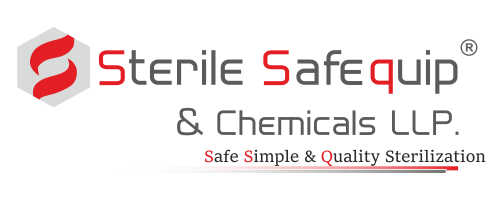

 Previous Post
Previous Post Next Post
Next Post